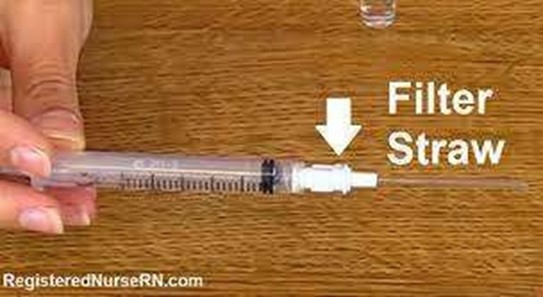A nurse is caring for a client who is experiencing expressive aphasia and right hemiparesis following a stroke.
Which of the following actions by the nurse best promotes communication among staff caring for the client?
Posting swallowing precautions at the head of the client’s bed.
Noting changes in the treatment plan in the client’s medical record.
Having interdisciplinary team meetings for the client on a regular basis.
Recording the client’s progress in the nurses’ notes.
Recording the client’s progress in the nurses’ notes.
The Correct Answer is C
Having interdisciplinary team meetings for the client on a regular basis.
This action best promotes communication among staff caring for the client because it allows for consistent and coordinated care planning, information sharing, and goal setting for the client who has expressive aphasia and right hemiparesis following a stroke.
Choice A is wrong because posting swallowing precautions at the head of the client’s bed does not promote communication among staff, but rather informs them of the client’s risk of aspiration due to dysphagia, which is a common complication of stroke.
Choice B is wrong because noting changes in the treatment plan in the client’s medical record is a standard practice that does not necessarily enhance communication among staff, but rather documents the client’s progress and interventions.
Choice D is wrong because recording the client’s progress in the nurses’ notes is also a standard practice that does not necessarily enhance communication among staff, but rather provides a summary of the client’s status and care.
Expressive aphasia is an acquired language disorder that affects the ability to produce spoken or written language, while right hemiparesis is a weakness or partial paralysis of the right side of the body.
Both of these conditions are caused by damage to the left hemisphere of the brain, which is responsible for language and motor control of the right side of the body. Stroke and traumatic brain injury are common causes of left hemisphere damage
Nursing Test Bank
Naxlex Comprehensive Predictor Exams
Related Questions
Correct Answer is C
Explanation
The correct answer is:
Choice C: Determine the medical needs of incoming clients through the emergency department.
Here's a breakdown of the rationale for each choice:
Choice A rationale: While calling in additional staff might be helpful in the long run, during the initial surge of patients in a mass casualty event, the Emergency Department (ED) will be the primary area receiving and triaging patients. The medical-surgical unit will likely receive overflow patients after initial stabilization in the ED.
Choice B rationale: This is not a primary responsibility for a nurse on a medical-surgical unit during a mass casualty event. Communication with the media is usually handled by designated public relations personnel.
Choice C rationale: This is the most crucial action for a nurse in this situation. Triaging patients based on the severity of their injuries and prioritizing care is essential in a mass casualty scenario. Nurses will be instrumental in assessing incoming patients relayed from the ED to determine their medical needs and allocate resources accordingly.
Choice D rationale: Discharging patients is not a priority during the initial influx of casualties. The focus is on receiving, stabilizing, and treating the most critically injured patients. Discharges would likely happen after the initial surge subsides.
Correct Answer is A
Explanation

This is because glass ampules can leave small shards of glass in the solution, which can be harmful if injected into the client. A filter needle has a small mesh that traps any glass particles and prevents them from entering the syringe.
Choice B is wrong because the nurse should break the neck of the ampule away from the body to avoid injury from the glass.
Choice C is wrong because the nurse should use a different needle to inject the client after withdrawing the medication with a filter needle. This is to prevent contamination and reduce pain for the client.
Choice D is wrong because the nurse should dispose of the ampule in a sharps container, not in the trash can. This is to prevent injury and infection from the broken glass.
Whether you are a student looking to ace your exams or a practicing nurse seeking to enhance your expertise , our nursing education contents will empower you with the confidence and competence to make a difference in the lives of patients and become a respected leader in the healthcare field.
Visit Naxlex, invest in your future and unlock endless possibilities with our unparalleled nursing education contents today
Report Wrong Answer on the Current Question
Do you disagree with the answer? If yes, what is your expected answer? Explain.
Kindly be descriptive with the issue you are facing.
